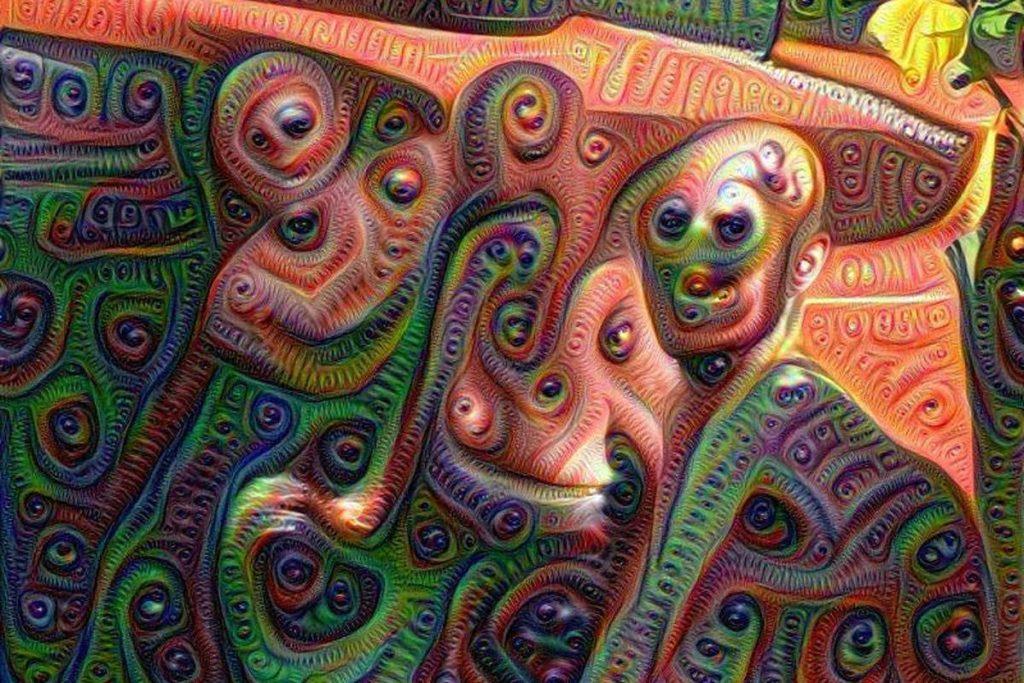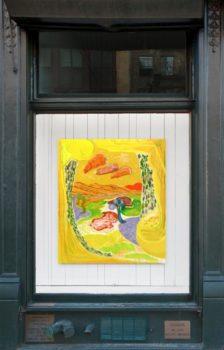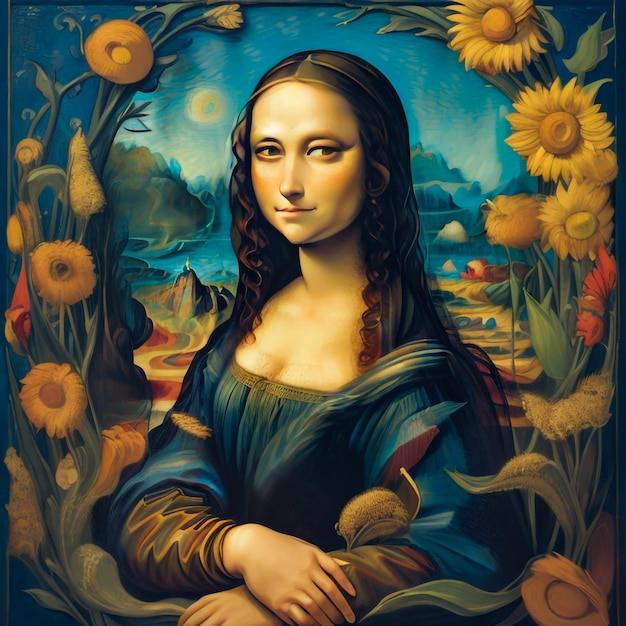(MENAFN- USA Art News)
In recent years, the intersection of technology and art has grown increasingly prominent, leading to the emergence of artificial intelligence (AI) as a significant force in contemporary art. In this age of rapid digital transformation, the role of AI in the creative process reflects broader trends in both artistic practice and technological advances. As artists embrace AI as a tool for creation, the boundaries of what constitutes art are being redefined, sparking debates about the role of the artist and the future of creativity itself.
Understanding AI in Art
At its core, AI in art involves utilizing machine learning algorithms and neural networks to generate visual content, sound, and interactive experiences. These technologies enable artists to explore new creative territories, enhancing their traditional methods and allowing for innovative digital art trends. From generative art to deep learning models that analyze existing artworks, AI applications are fundamentally changing how artists create and engage with their audiences.

In 2016 machine-generated art produced by Google's Deep Dream went to auction and proved its worth
AI artists, those who either collaborate with AI technology or operate independently of it, have emerged as notable figures within the contemporary art scene. These artists can leverage various tools, such as Google's DeepDream or OpenAI's DALL-E, to create stunning pieces that intrigue, inspire, and provoke thought. The results range from entirely autonomous AI-generated artworks to pieces that feature human input, blending technology and personal expression.
The Creative Process Transformed
AI is not merely a tool for art creation; it significantly alters the creative process itself. By analyzing vast datasets of existing artworks and styles, machine learning algorithms can generate visual compositions that reflect myriad influences and aesthetics. Artists can input their creative parameters, and the AI produces outputs that, despite being algorithmically derived, may evoke the flair and style of recognized art movements.
This ability to manipulate and generate artwork inherently changes the traditional artist's role. Instead of spending years honing specific techniques in painting or sculpting, artists can now experiment with AI-generated outputs, giving them a wider playground for creativity. This ease of experimentation allows for more iterative processes and novel combinations that would be difficult or time-consuming to achieve by hand.

Moreover, AI's ability to quickly analyze and adapt can help artists understand emerging trends in contemporary art. For instance, tools that analyze social media and public engagement can offer insights into what themes resonate with audiences, empowering artists to curate their work to meet contemporary tastes.
Digital Art Trends and Innovation
The growing presence of AI in contemporary art is closely tied to digital art trends that have emerged in recent years. As the digital realm expands, traditional art forms are being reimagined or entirely transformed within a virtual context. The rise of NFTs (non-fungible tokens) and virtual galleries demonstrates how art and technology intersect to create new markets for artists, many of whom are infused with AI-generated elements.
AI-driven projects challenge viewers to reconsider the purpose and value of art. One significant trend is the increasing integration of interactive technology into artworks. AI-enhanced installations invite audiences to engage actively with the art, granting them agency to influence the outcome. By employing technologies such as augmented reality (AR) and virtual reality (VR), artists can create immersive experiences that elevate the viewer's connection to the work, intertwining the role of creator and audience.

Furthermore, collaborative projects between technologists and artists are becoming more commonplace. Initiatives that focus on art innovation involve teams consisting of computer scientists, engineers, and traditional artists, collaborating to produce unique experiences that showcase the potential of AI in art-making. Such partnerships pave the way for advancements that challenge existing artistic paradigms.
Debates on AI's Role in the Future of Art
Despite the excitement surrounding AI in contemporary art, the emergence of AI artists has triggered debates about the authenticity and importance of human creativity. Critics argue that reliance on technology undermines the intrinsic value of artistic expression, raising questions about the originality and authorship of artworks generated by algorithms. They point out that while AI can imitate styles, it lacks the emotional and cultural contexts that often inform human-created art.
Moreover, the accessibility of AI tools has created a divide in the art community. Some argue that the democratization of art-making through accessible technology dilutes the skills traditionally associated with artistry. Conversely, supporters of AI in art advocate for the opportunities it presents, encouraging artistic exploration without the constraints of technical proficiency.
As AI-generated artworks gain prominence in prestigious exhibitions across the U.S.-from major art fairs to gallery showcases-the discussion intensifies. Institutions grappling with how to curate and classify these works must reconsider artistic merit and ideals. Can an algorithm be seen as a creative partner, or is it merely an extension of its programmer's intentions?
Embracing the Future
In conclusion, the impact of AI on contemporary art is significant and multifaceted, influencing the creative process and redefining what it means to be an artist. AI is no longer a future possibility but a present reality that challenges the notion of creativity itself. The rise of AI artists, combined with innovations in digital art trends and technology, positions contemporary art on the cusp of a remarkable transformation.
As the dialogue surrounding AI's role in art continues to evolve, it is essential for artists, critics, and institutions to navigate the complexities and opportunities presented by this new frontier. While the debate on authenticity and the future role of human creativity persists, one thing remains clear: AI is reshaping contemporary art in profound ways, offering both challenges and groundbreaking possibilities for creative expression. As we embrace this rapidly evolving relationship between art and technology, the future of art may become an exciting collaboration between human ingenuity and artificial intelligence.
MENAFN04112024005694012507ID1108850912
Legal Disclaimer:
MENAFN provides the information “as is” without warranty of any kind. We do not accept any responsibility or liability for the accuracy, content, images, videos, licenses, completeness, legality, or reliability of the information contained in this article. If you have any complaints or copyright issues related to this article, kindly contact the provider above.